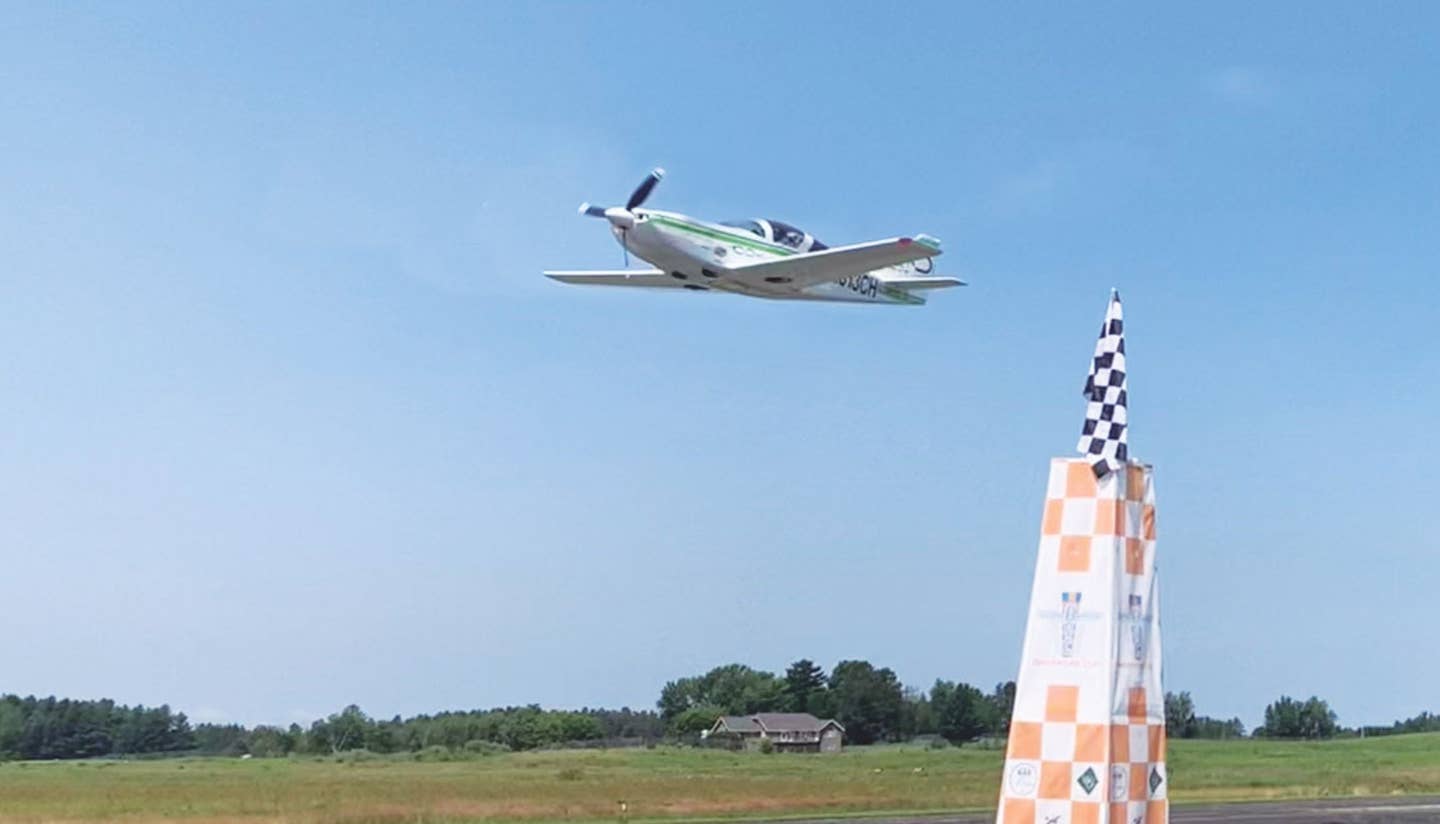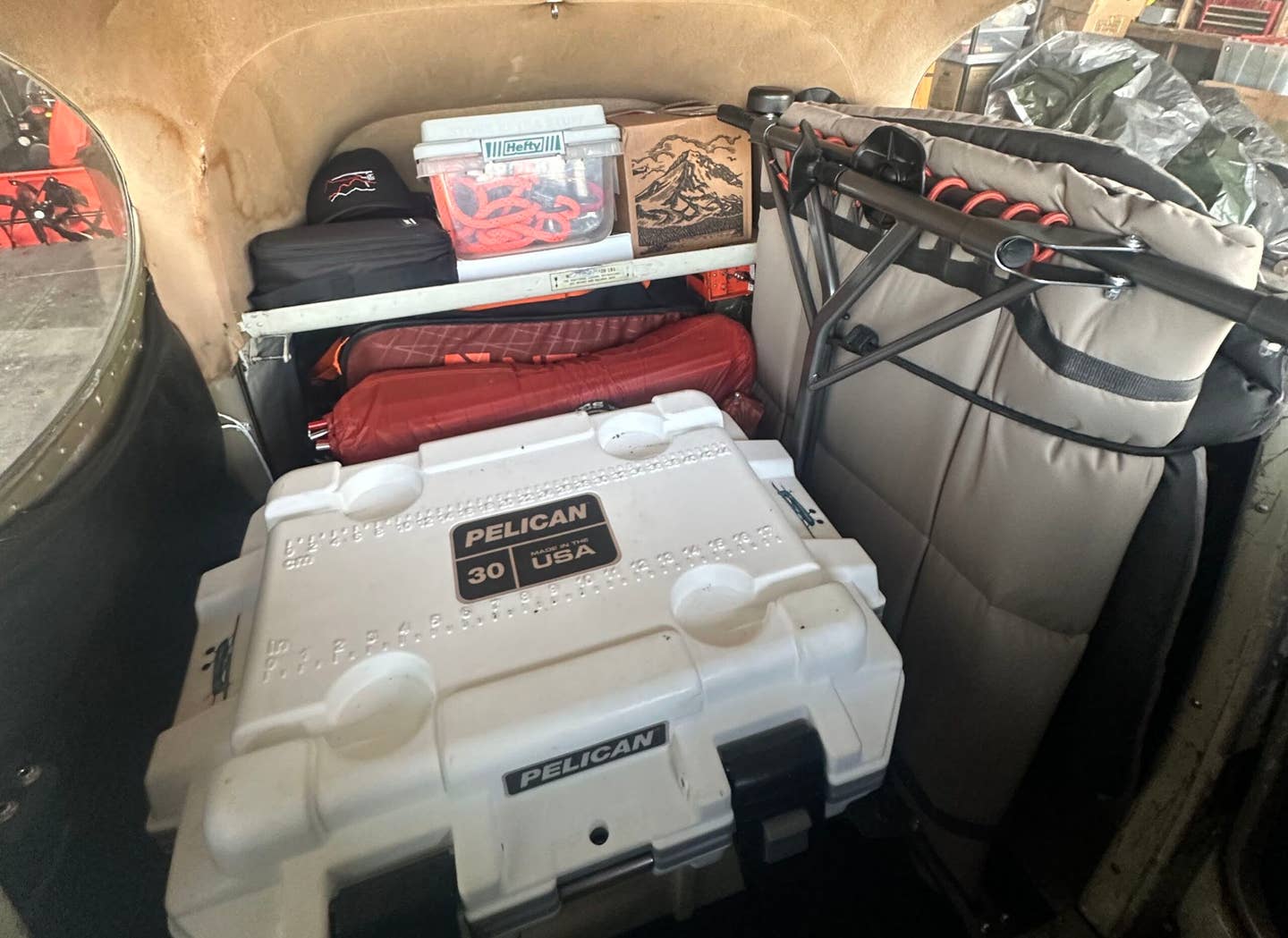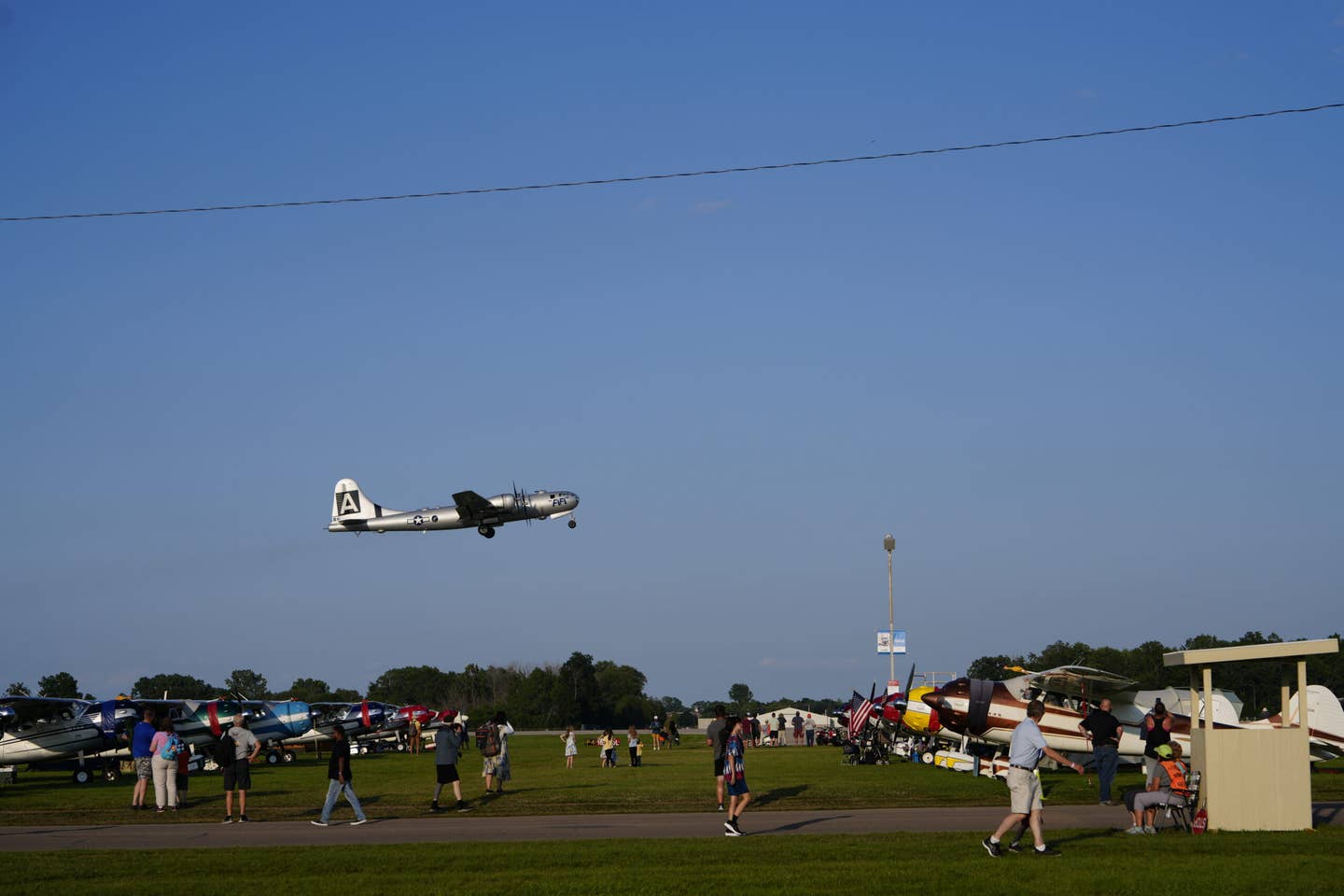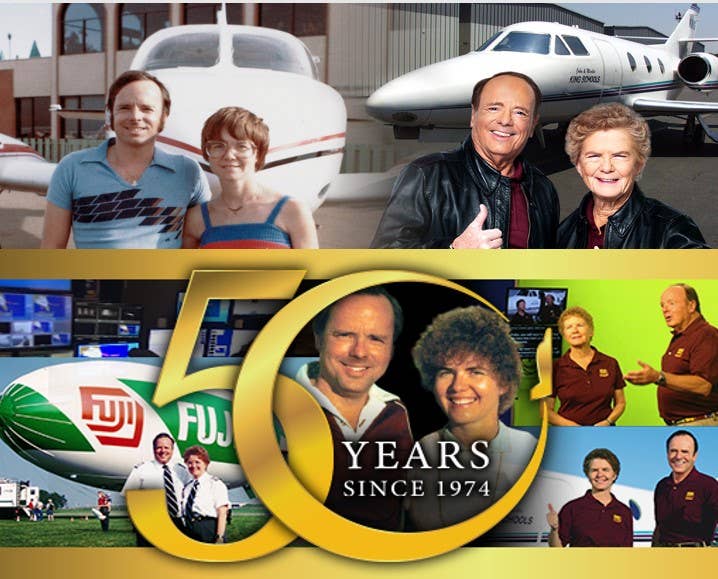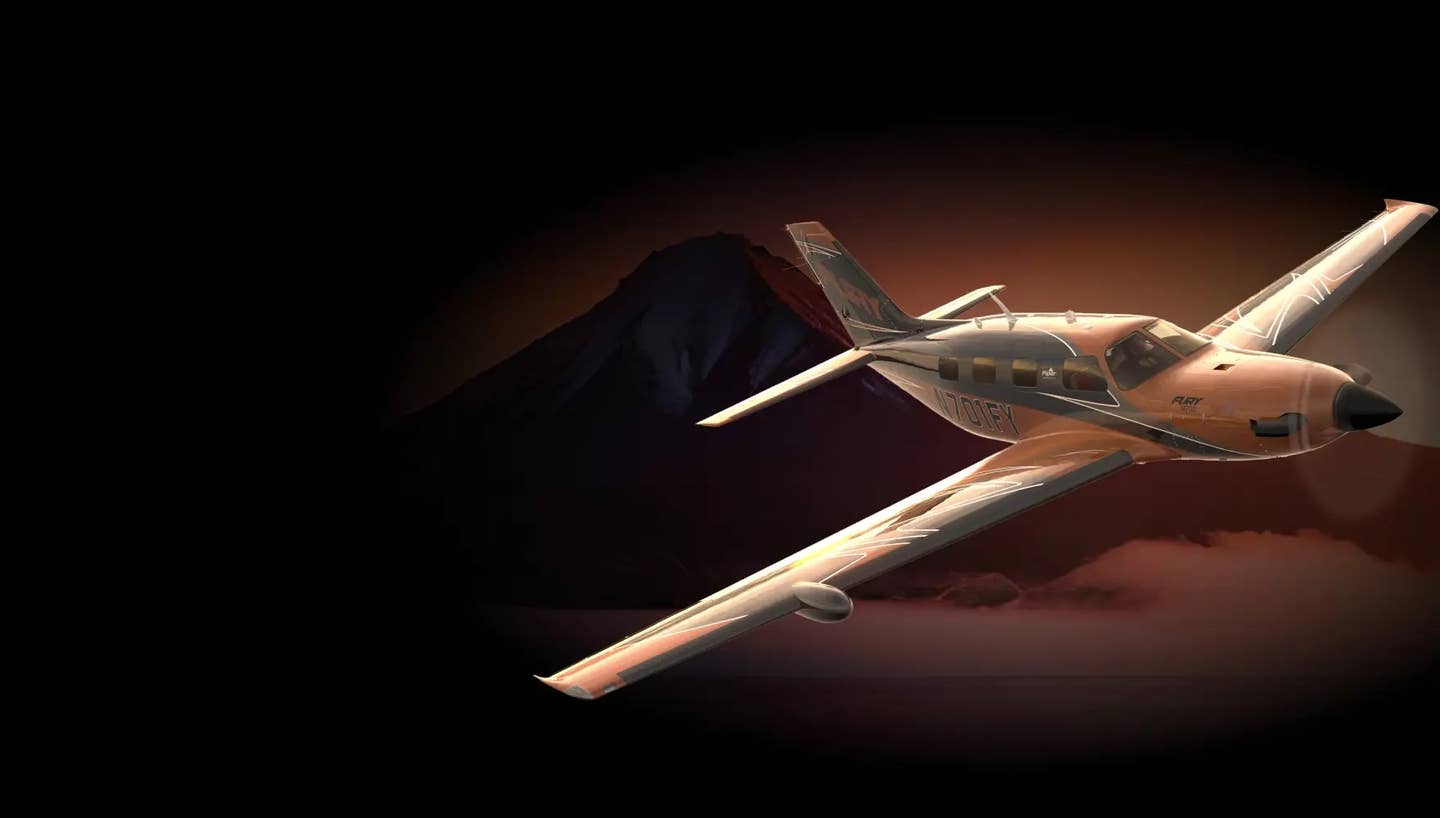Great Moments at the Iconic Oshkosh AirVenture Airshow
FLYING looks back at some of the most memorable moments from the iconic airshow in Wisconsin.

A visit by a British Airways Concorde in 1985 transformed the Oshkosh fly-in forever. [File Photo: NASA]
Across the GA community, Oshkosh is a word that sums up an incomparable week of unique aircraft, skilled pilots, thrilling airshows, and aviation comradery.
That’s what visitors can expect at this year’s EAA AirVenture at Oshkosh, Wisconsin’s Wittman Regional Airport (KOSH) from July 25 through 31.
When you think about how the Experimental Aircraft Association’s annual convention has grown from just 21 aircraft and about 150 people in 1953 to more than 10,000 aircraft and more than 608,000 visitors last year, it’s a testament to the vitality and phenomenal reach of general aviation.
During those 68 years, the event has played host to some of the most important and fascinating civilian and military aircraft in aviation history, including:
- Boeing’s 747 airliner (several successive models) and B-52 U.S. Air Force bomber
- The Airbus A380 super jumbo jet
- Lockheed Martin’s U-2, C-5M, F-22, F-35, and SR-71 military aircraft
- Martin JRM-3 Mars water bomber, Hawaii Mars
- Aérospatiale/BAC’s Concorde supersonic passenger jet
But Oshkosh is about so much more. If you’ve been, you know it has helped launch entire movements across the aviation industry, like the popularity of ultralights in the 1970s. It’s been a driving force in nurturing homebuilt aircraft development. Oshkosh has introduced countless people to new aircraft designs by Burt Rutan and other aviation icons.
Last year, the event was busier than ever. With more than 16,000 aircraft operations during AirVenture 2021 (#OSH21), KOSH controllers will likely hang their “world’s busiest control tower” banner again this year.
EAA director of communications Dick Knapinski has been attending Oshkosh personally since the 1970s and as an EAA official since the ’90s. He spent a few minutes with FLYING recently to reminisce about some of AirVenture’s most transformative and unforgettable moments.
Concorde: A Transformative Moment
Without a doubt, Concorde’s first visit in 1985 changed Oshkosh forever. The idea that British Airways would send one of its supersonic passenger airliners to an airshow in the Midwestern U.S. represented a “leap forward” for the airshow, as it passed its 32nd year.
“It was no longer just a hobbyist event or ‘look-at-these-people-building-their-own-airplanes’ type event,” Knapinski recalls. It made the Oshkosh fly-in a “major player in the aviation community—not only in America—but worldwide.”
One of the most talked about highlights of that first Concorde visit occurred when the jet first approached KOSH, piloted by British Airways chief pilot John Cook. On final, recalls Knapinski, “You see the landing lights and you see the nose bent in landing configuration. Then, just before he touches down, he hits every afterburner he’s got and he does a go-around.”
After landing, someone asked Cook: Why the go-around? According to Knapinski, Cook said it was something he’d always wanted to do. When asked if he was concerned about possible repercussions about performing an unnecessary go-around, he reminded them of his seniority status. “‘Are they going to fire me?’”
Perhaps the best part of Concorde at KOSH: British Airways offered Oshkosh visitors a chance to experience short flights on the historic airplane for a fee. That money was used to help defer the cost of bringing the Concorde to the event.
Around the World Nonstop, No Refueling
Oshkosh 1984 brought another historic airplane: the Rutan Model 76 Voyager—the first aircraft to fly around the world without landing or refueling. At the time of its visit, Voyager, designed by Burt Rutan, had not yet made its legendary flight, piloted by Dick Rutan and Jeana Yeager.
“It was just barely finished. When they flew it in that year, I think the paint was still drying,” Knapinski jokes. “But Burt and Dick were both adamant that they were going to bring it to Oshkosh, not only to show their fellow EAA members and the aviation community, but they were using it as a fundraiser as well. Because they were getting no government help whatsoever.”
Now that airplane is part of the collection at the Smithsonian National Air & Space Museum. Voyager was just one representation of the Rutan brothers’ tremendous influence at Oshkosh.
“The combination of those brothers was so powerful—Burt as the designer, with such a fertile mind to bring all those creations forward, and then Dick with the military and test pilot experience to be able to fly those creations and make those tweaks to make them viable flying machines.”
It started with the VeriViggen, which made its Oshkosh debut in 1974, followed by the VariEze in 1975.
“I remember the Boomerang in the late 1990s,” Knapinski says. “It’s not often that you have 75- to 100,000 people standing positively silent on the flight line while a Boomerang goes by.”
‘Goosebump Moments’
Warbirds have long been a part of the Oshkosh tradition, as well. In fact, many of the event’s greatest moments have focused on fighter jets, bombers, and other military aircraft. In 2017, a serendipidous confluence of coincidences brought two rare B-29 bombers to AirVenture. The bombers were the famed FIFI and a newcomer named Doc, which had just recently been restored.
“As close as we could estimate, there had not been two B-29s in the air together for probably about 60 years—when the last B-29s were decommissioned,” Knapinski recalls. “To allow people to see that at Oshkosh—the only two B-29s that fly in the world—that was one of those goosebump moments.”
The world’s fastest air-breathing, piloted jet—Lockheed’s SR-71 Blackbird—landed at KOSH in 1989. In 1997, the U.S. military brought Lockheed’s U-2 reconnaissance aircraft to Oshkosh. It returned in 2007.
Other memorable warbird moments over the years included the debut of Lockheed Martin’s F-22 Raptor in 2006 and the F-35 Lightning II in 2015. That same year, the first Oshkosh landing of a B-52 necessitated the temporary removal of 6,000 feet of runway lights to make room for the Stratofortress’s 185-foot wingspan.
That Gigantic Water Bomber
In 2016, when Coulson Aviation flew its gigantic water bomber—a Martin JRM-3 Mars flying boat called Hawaii Mars—from its base in British Columbia, Canada, it created some unusual challenges. Challenge one: its 200-foot wingspan, and two: its hull draught of 5 feet, 6 inches.
“They couldn’t fit it in the seaplane base lagoon,” recalls Knapinski. “We had to put a 10,000-pound piece of concrete out in Lake Winnebago so the airplane had a place to moor to. Wisconsin Department of Natural Resources officials had to be brought in to get that right.”
That same year, the Canadian Forces Snowbirds air demonstration squadron paid a visit to Oshkosh. As Hawaii Mars performed a massive water drop on the airfield, Knapinski recalls a Snowbird pilot looking over at the commotion and commenting, “That’s one of ours, eh?”
Other big civilian airplanes at Oshkosh over the years have included Antonov’s titanic An-124 heavy-lift cargo jet, which stopped at the airshow in 1989. The double-decker Airbus A380 came in 2009. Boeing 747s visited Oshkosh multiple times, including 2002 and in 2021, when UPS brought a new 747-8F.
Experimental Innovation
Over the years, Oshkosh has become a place to display innovative and experimental aircraft. Last summer, German electric air taxi developer Volocopter flew its electric vertical takeoff and landing (eVTOL) demonstrator at AirVenture, the first public flight of its kind in the U.S.
More than 40 years earlier, in 1976, John Moody—known as the father of the modern ultralight movement—demonstrated his Icarus II powered hang glider. “What it did was indicate how aviation or flying would be available to people regardless of their status,” Knapinski says. “And that’s really what ultralight [flying] brought us—even at the lower end of the spectrum—there was the possibility for people to get themselves in the air and flying, and be a part of the community. That’s what made it so special.”
Homebuilt Tradition
The fly-in’s tradition of supporting and embracing the homebuilt aircraft movement goes back to the event’s earliest days. In 1972, when Richard VanGrunsven brought his Van’s RV-3 prototype to Oshkosh, it didn’t make a huge splash. At first. Two years later the RV-3 returned to win the Pazmany Efficiency Contest, thanks to its “Hershey bar” wing and other design innovations.
At Oshkosh, you never know which new ideas will end up being the next big thing.
After more than half a century of memorable Oshkosh moments, it’s clear why this airshow has become an aviation mecca—where the community celebrates its past as well as its future.

Sign-up for newsletters & special offers!
Get the latest FLYING stories & special offers delivered directly to your inbox

